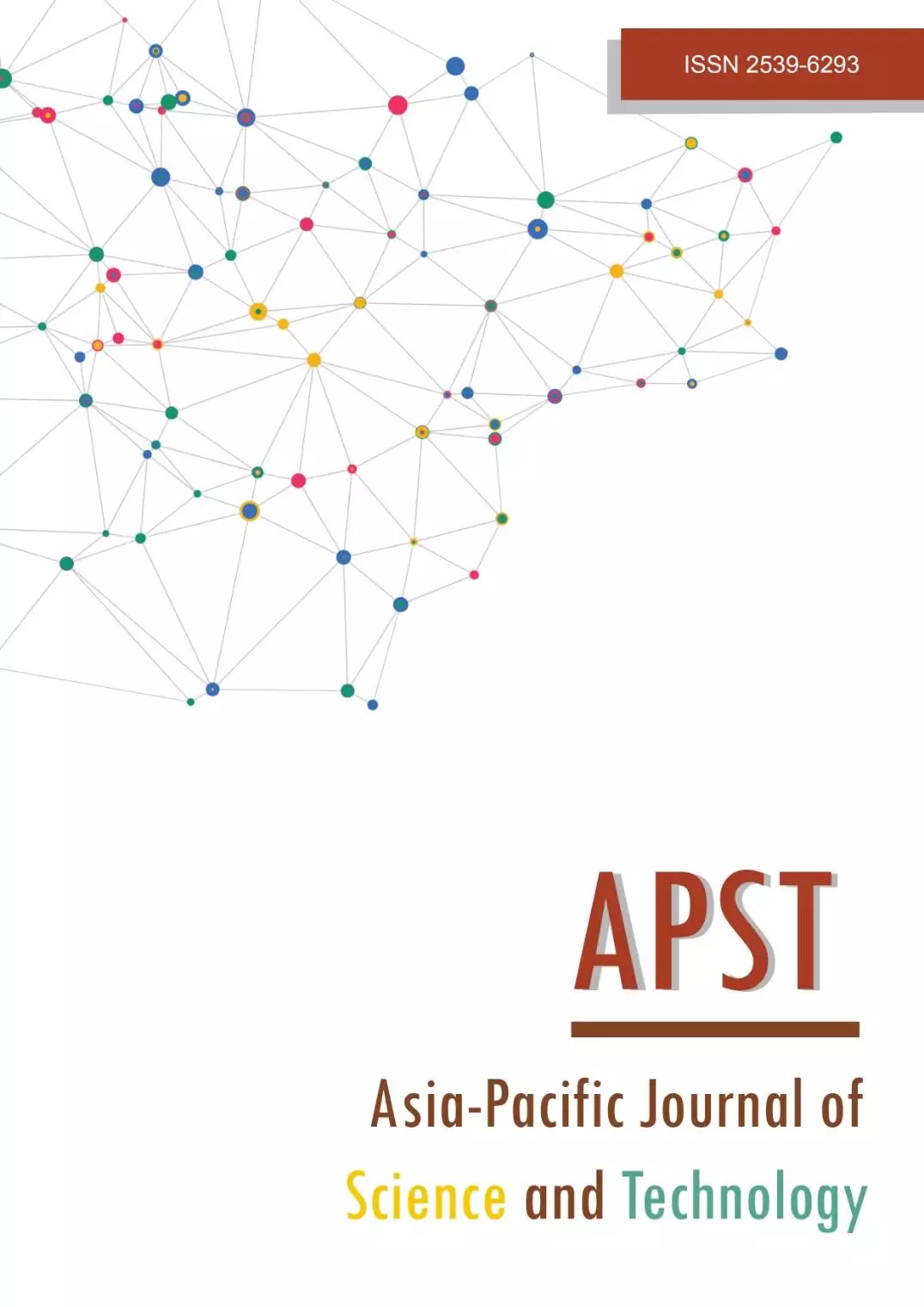The development of Thai monosyllable word lists for word recognition scores testing in pre-school age children
Main Article Content
Abstract
The study aimed at developing a Thai version of monosyllable word lists and picture lists to provide clinical hearing evaluations for pre-school children and to validate the reliability of the Thai version of the monosyllable word lists for two different age groups (2-3 years vs. 4-5 years). The monosyllable word lists and picture lists were developed in accordance with the following steps: 1) the familiarity of 100 words was chosen; 2) the pictures that represented the meanings of the matched 80 words were developed; 3) both the receptive and expressive vocabulary were evaluated in 62 children 2-3 years of age (Group 1) and in 62 children 4-5 years of age (Group 2); 4) monosyllable words were analyzed using a computerized speech lab and were arranged into sets of word lists (Khon Kaen University (KKU) kid word lists-A for Group 1 and KKU kid word lists-B for Group 2) with phonetically balanced fundamental frequency, the Thai five tones, and the initial consonants; 5) the word lists were recorded; and 6) The KKU kid word lists-A & B were validated with 31 children from each group, respectively. KKU kid word lists-A had word recognition scores (WRS) with a mean of above 90% for each list in passing and referring to the hearing screening ears. KKU kid word lists-B had a WRS of over 92% for each list. The development of the Thai monosyllable word lists was determined to be appropriate for assessing the WRS of pre-school children for conducting clinical hearing evaluations.
Article Details

This work is licensed under a Creative Commons Attribution-NonCommercial-NoDerivatives 4.0 International License.
References
Prakunhungsit S. Textbook of otorhinolaryngology. 1st ed. Bangkok: Holistic Publishing; 2007.
Guthrie LA, Mackersie CL. A comparison of presentation levels to maximize word recognition scores. J Am Acad Audiol. 2009;20(6):381–390.
Bess FH. Clinical assessment of speech recognition. In: Konkle D, Rintelmann W, editors. Principles of speech audiometry. Baltimore: University Park Press; 1983. p. 127–201.
Katz J. Speech audiometry. In: Chasin M, English K, Hood LJ, Tillery KL, editors. Handbook of clinical audiology. 7th ed. Philadelphia: Wolters Kluwer Health; 2015. p. 71–72.
Wilson RH, McArdle R. Speech signals used to evaluate functional status of the auditory system. J Rehabil Res Dev. 2005;42(4 Suppl 2):79–94.
Roeser RJ, Valente M, Hosford-Dunn H. Audiology diagnosis. 2nd ed. New York: Thieme Medical Publishers; 2007.
Elliott LL, Katz DR. Northwestern university children’s perception of speech (NU-CHIPS). St. Louis: Auditec of St. Louis; 1980.
Jerger S, Lewis S, Hawkins J, Jerger J. Pediatric speech intelligibility test: I. Generation of test materials. Int J Pediatr Otorhinolaryngol. 1980;2(3):217–230.
Jerger S, Jerger J. Pediatric speech intelligibility test: performance-intensity characteristics. Ear Hear. 1982;3(6):325–334.
Ross M, Lerman J. A picture identification test for hearing-impaired children. J Speech Hear Res. 1970;13(1):44–53.
Liu C, Liu S, Zhang N, Yang Y, Kong Y, Zhang L. Standard-Chinese lexical neighborhood test in normal-hearing young children. Int J Pediatr Otorhinolaryngol. 2011;75(6):774–781.
Dermtoranin K, Lertsukprasert K, Lao M, Maroonroge S. Development of Thai Spondee Words for SRT Measurement in Children. Chiang Mai Med J. 2022;61(1):16–24.
Amatayakul P. Introduction to audiology (hearing sciences). Bangkok: Mahidol University; 1968.
Komalarajun S. Development of Thai discrimination materials. [thesis]. Bangkok: Mahidol University; 1979.
Munthuli A, Sirimujalin P, Tantibundhit C, Onsuwan C, Klangpornkun N, Kosawat K. Constructing Thai phonetically balanced word recognition test in speech audiometry through large written corpora. Proceedings of the 2014 17th Oriental Chapter of the International Committee for the Co-ordination and Standardization of Speech Databases and Assessment Techniques (COCOSDA); 2014 Sep 10-12; Phuket, Thailand: IEEE; 2015. p. 1-5
Poonyaban S, Aungsakulchai P, Tantibundhit C, Onsuwan C, Tiravanitchakul R, Kosawat K, et al. Phonetically balanced and psychometrically equivalent monosyllabic word lists for word recognition testing in Thai. J Acoust Soc Am. 2015;138(3):1831-1831.
Prathanee B. Normal speech and language development in childhood. In: Prathanee B, editor. Cleft lip and palate 1. Khon Kaen: KKU Learning and Teaching Innovation Center; 2014. p. 151–180.
Russell A, Penny L, and Pemberton C. Speaking fundamental frequency changes over time in women:
a longitudinal study. J Speech Hear Res. 1995;38(1):101–109.
Kanchanantawan W. A study of fundamental frequency characteristics in speech of normal Thai adults [thesis]. Bangkok: The Graduate School, Mahidol University; 1999.
Leung Y, Oates J, Papp V, Chan SP. Speaking fundamental frequencies of adult speakers of Australian English and effects of sex, age, and geographical location. J Voice. 2020;36(3):434.e1-434.e15.
Raphael LJ, Borden GJ, Harris KS. Speech science primer: physiology, acoustics, and perception of speech. 6th ed. Philadelphia: Lippincott Williams and Wilkins; 2011.
Satravaha N. Tone classification of syllable-segmented Thai speech based on multilayer perceptron [Dissertation]. West Virginia: West Virginia University; 2002.
Yimtae K, Israsena P, Thanawirattananit P, Seesutas S, Saibua S, Kasemsiri P, et al. A tablet-based mobile hearing screening system for preschoolers: design and validation study. JMIR Mhealth Uhealth. 2018;6(10):1-17.
Cienkowski KM, Ross M, Lerman J. The word intelligibility by picture identification (WIPI) test revisited. J Educ Audiol. 2009;15:39–43.


